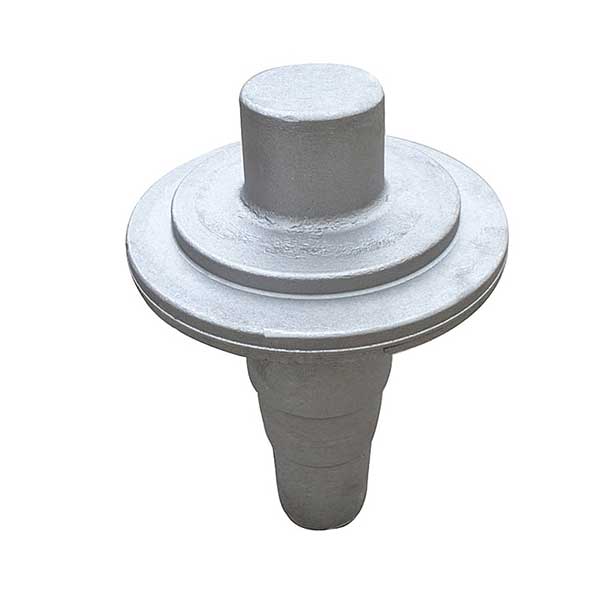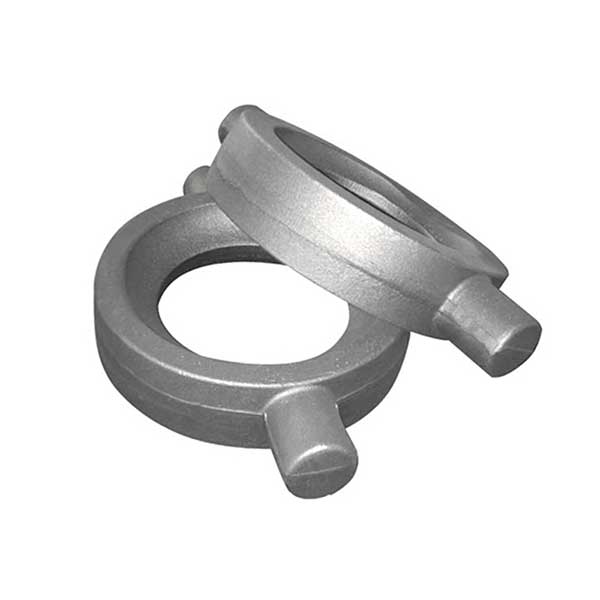The purpose of economic analysis of forging processing is to explore technical solutions and pursue economic effects. Any production process must not only formulate the process, determine the process parameters and process equipment, but also discuss the economic effect.
The principle of determining the forging process is to create the most material wealth with less labor consumption. The optimization of the process is to find the minimum value in the total consumption of materials, equipment, energy and labor under the premise of ensuring product quality and quantity. For the forging process, it can be specifically: high dimensional accuracy of forgings, organization and performance meeting requirements; less raw material consumption, small equipment investment, simple tools, low energy consumption, low labor intensity, and no environmental pollution.
Techno-economic effects are carried out using the comparative method. When comparing process schemes, there may be more than two schemes. In order to make the analysis conclusion correct, an exhaustive method should be used to list possible schemes or alternative schemes. To this end, it is necessary to carry out forging process analysis, explore a variety of processes and schemes, and prepare conditions for technical and economic analysis and selection of process schemes. The tasks of general process analysis can be summarized as follows: according to the functional characteristics, materials, shapes, dimensional accuracy, quality requirements and production batches of parts, in the existing or available equipment, devices, tools, energy, inspection methods, management level and personnel Under the condition of quality, put forward various process schemes that can be used.
When conducting a process analysis, the following questions must be considered and answered:

(1) Whether it can meet the function of the forging;
(2) Whether it can meet the technical requirements of drawings and quality standards;
(3) Whether the structure of the forging is reasonable and whether there is any excess dressing;
(4) Whether the residual collision can be reduced;
(5) Whether the deformation force or deformation function is reduced;
(6) Whether the metal streamline meets the requirements;
(7) Whether there are any omissions in the quality assurance process;
(8) Whether the processes and steps have been minimized;
(9) Whether the material is fully utilized, and whether it is possible to forge with other parts together, with multiple pieces in one mold or multiple pieces in one blank;
(10) Have you considered cold forging, precision forging, rolling, partial die forging, segmented die forging, combined die forging, forging and welding, etc.?

According to the shape, size and deformation mode of the forging, calculate the deformation force, and select the main forging equipment. Determine the heating temperature according to the forging material and deformation method, and select the heating method and heating equipment. The blanking equipment is selected according to the type of forging equipment, the deformation method and the size of the blank. Determine the process route according to the quality requirements of the forgings, and select equipment such as trimming, calibration, tip pressure, heat treatment, cleaning, inspection, and flaw detection. Determine the production takt and productivity according to the production batch, and then calculate the number of equipment generations. According to equipment performance characteristics and productivity, calculate various consumption data, such as material, power, blanking, auxiliary material and mold consumption. According to the selected process, consider the production organization, equipment characteristics, determine the plant area required for production and the number of production workers, auxiliary workers, technical and management personnel. Then analyze the advantages and disadvantages of various processes, such as: labor conditions, environmental protection and its technical and labor skills needs.
Process analysis is a systematic engineering problem, so people who are engaged in this work are required to be familiar with the existing production methods, and master the characteristics, application scope and constraints of various process schemes. Can correctly calculate various technical parameters, understand the current situation, trends and development trends of forging production at home and abroad, and can infer and predict according to actual conditions.


